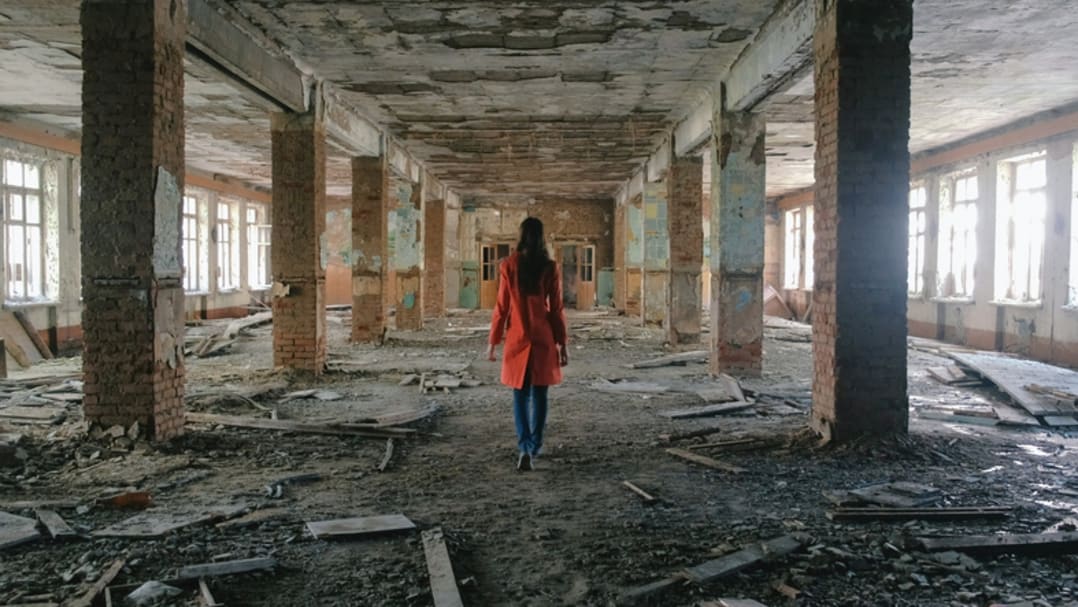Hazard and Climate Risk: A user’s guide and form for acknowledging risk
Empowering conversations on hazard and climate risk

In a time of increasing natural and human-caused disasters, an architect’s role in designing projects that reduce harm, adapt to evolving conditions, and effectively recover from adverse events is crucial. The best time to incorporate and document hazard and climate risk into project planning is early, like in the development stage prior to site selection or during pre-design. As the effects of climate change constantly develop, the risks are constantly evolving. Architects must draw upon authoritative sources of climate data and relay this information to clients and project teams. By keeping clients, consultants, and contractors mutually aware of hazard and climate risk, the team becomes empowered to make informed choices that support successful project outcomes.
The Hazard and Climate Risk Acknowledgement Form is intended to support the architect and client to reach and document a mutual understanding of hazard and climate risk that will inform project requirements. The six sections of the Hazard and Climate Risk Acknowledgement Form include:
- Section 1: Estimated building service life; design date
- Section 2: Primary source(s) of hazard risk identification
- Section 3: Hazard risk profile
- Section 4: Future climate conditions, based on design year and mid-to-high risk future climate scenarios
- Section 5: Project resilience performance requirements
- Section 6: Project team acknowledgement
Image credits

Image: iStock, familylifestyle
